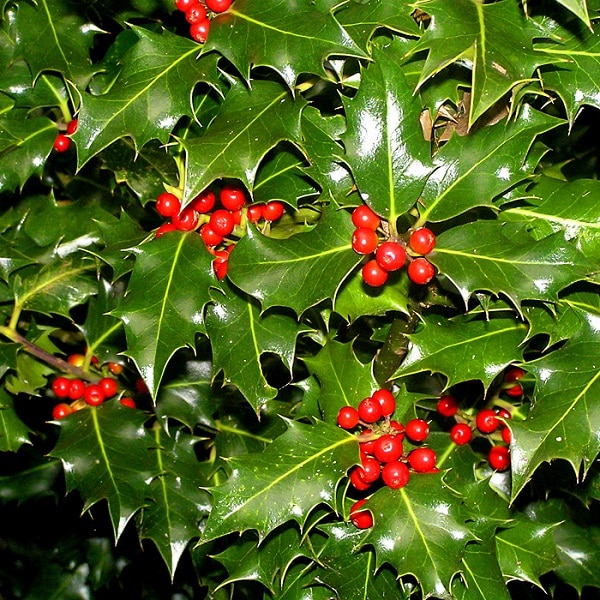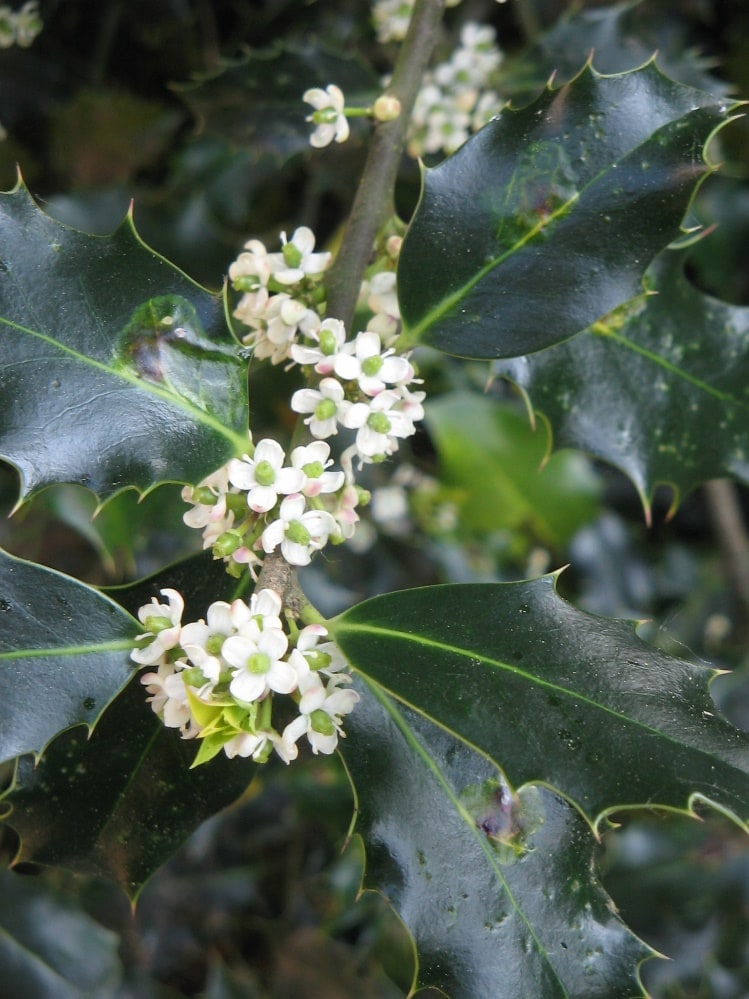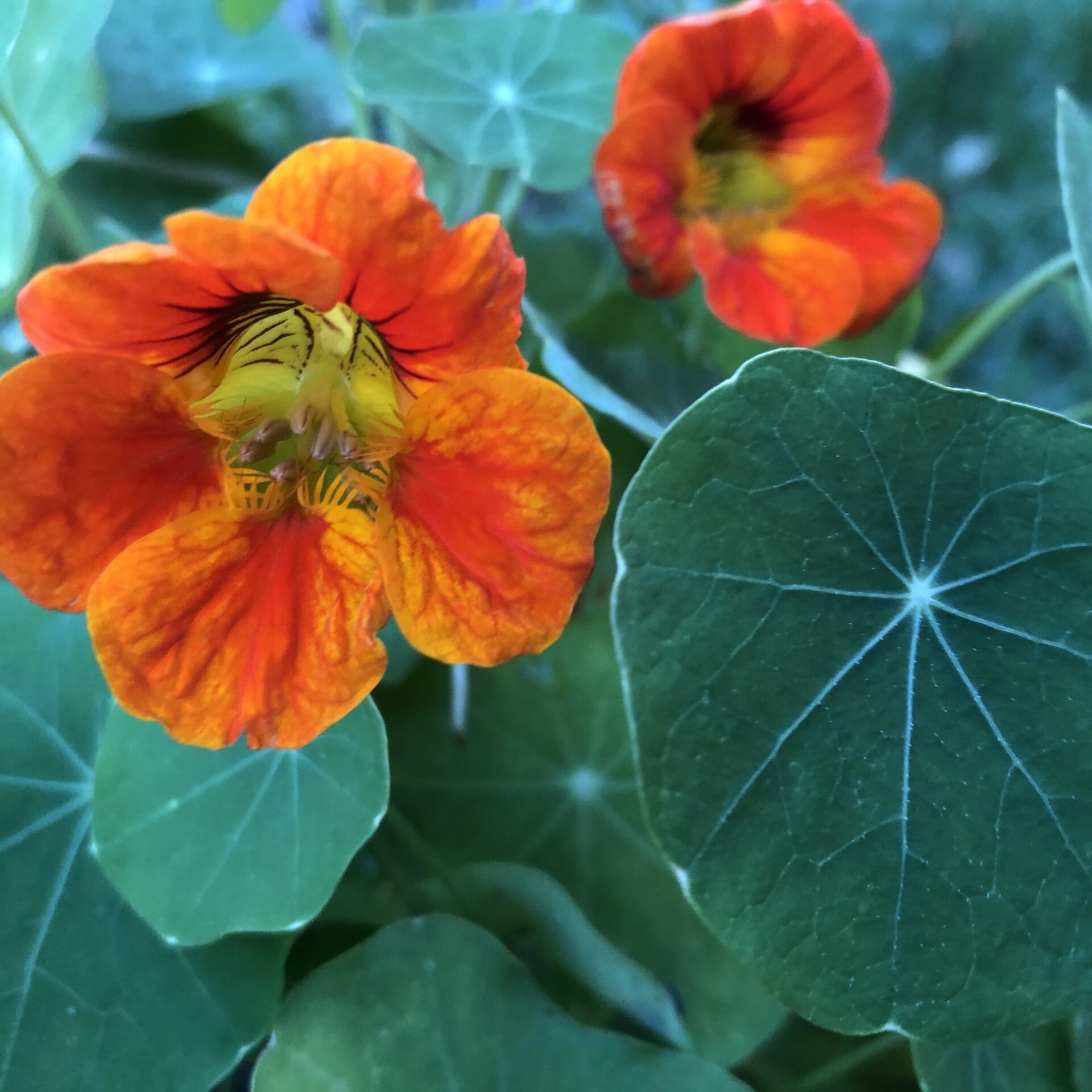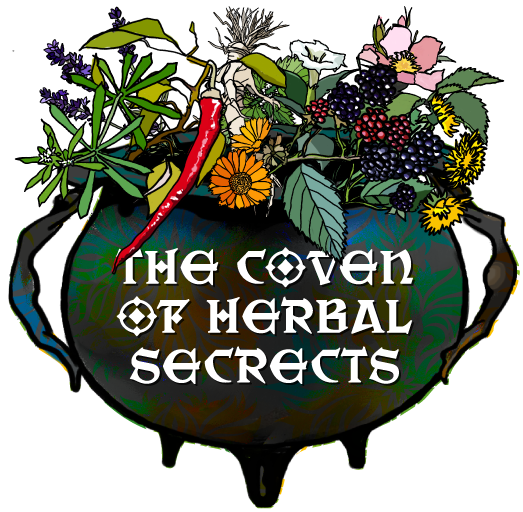
Anneliese is currently on the 2nd year of the Sensory Herbal Apprenticeship, having been passionate about herbal healing and food as medicine for many years. She is an Internationally certified Sports Nutritionist (ISSN) and has lectured on Sport Science and Sports Nutrition for almost 20 years.
Her practice in providing nutritional interventions for athletes led her to herbal supplements to support performance and then a fascination in herbs for all round health. Once she has completed the Sensory Herbal Apprenticeship she hopes to be working with clients to provide herbal healing, leading community herbal workshops and running local herb walks.
Latin Name: Ilex aquifolium
Other Species: Ilex paraguayensis (Yerba mate) – highly caffeinated tea drunk in South America (3).
Other Names: Holm, Hulver Bush (1). Aquifolius, Bats Wings, Christ’s Thorn, Holy Tree, Holm Chaste, Tinne (2).
Family: Aquifoliaceae (4).
Gender: Masculine (2).
Element: Fire (2).
Planet: Mars (2).
Description: evergreen, widely cultivated for Christmas decorations (3). Rarely exceeds 2m in diameter and 30-40 feet in height, grows very slowly (4). The leaves are thick and glossy, leathery in texture, 2 inches long and 1½ inches broad, edged with stout prickles, whose direction alternates up and downwards (4). Flowers in May, small, white crowds of flowers, male and female on different trees (4). Fertile flowers produce brilliant red berries in autumn (4).
Parts Used: leaves, berries and bark (4).
Harvesting: leaves collected and dried May-June (4).
Plant Constituents: Triglycerides, steroids, triterpenoids, bisnormonoterpene, phenolic compounds (5).
Actions: Astringent; expectorant; diuretic; diaphoretic (3)
Medicinal/Physical Uses: Leaves are commonly drunk in Germany (Black Forest) as a tonic and substitute from black tea (3). Leaves are astringent and tone mucus membranes throughout the body (3). Useful for persistent cough, bronchitis, pleurisy and pneumonia (3). Leaves have previously been used as a diaphoretic and given for catarrh, pleurisy and smallpox (4). Relieve fluid retention, remove toxins from the body, aids urinary infections and urinary stones (3). Useful for arthritis and gout (3), rheumatism (4). Berries are violently emetic and purgative (4). Eating a dozen fresh berries in the morning when fasted will purge the body of clammy phlegm (1). Dried berries will bind the body and stop bloody fluxes and “terms” in women (1). The berries expel wind and cholic (1).
Emotional Uses: Holly opens the heart and unites us with divine love (3).

Preparations:
Juice of the fresh leaf: for Jaundice (4).
Safety and contraindications: the berries are mildly poisonous and may cause vomiting and diarrhoea (3).
Folklore, traditional uses and Magic: Associated with the winter solstice, a tree of good omens, the evergreen leaves symbolising life amongst the death of winter (3). In Roman mythology Holly is dedicated to Saturn and during the Roman festival of Saturnalia (17-23 December) branches of Holly were exchanged as a symbol of health and happiness (3). This custom was adopted by the early Christians and is thought to be the origin of Christmas decorations and gifts (4). The names “Christs Thorns” and “Holy Tree” are derived from the legend that holly first grew in places where Jesus walked, the spiny leaves and red (like blood) berries representing the suffering of Christ (3). It has magical powers of protection, luck and dream magic (2). A par-excellence protective herb which guards against lightening, poison and evil spirits (2). Planted around the house it will protect the inhabitants from mischievous sorcerers (2). Holly water (infused or distilled) will protect a new-born baby when sprinkled on its head (2). It is hung around the house at yule for good luck (2).

If you gather 9 holly leaves after midnight on a Friday, wrap in a white cloth using 9 knots and place beneath your pillow, your dreams will come true (2).
Flower Essence: for people who are full of hatred, jealousy, envy and resentment, arising from lack of love in their lives. Holly helps to release such emotions, and to be able to experience love to others and self. This allows happiness unthreatened by others and their achievements or attributes (3).
References:
- Culpeper, N. (1995) [1653]. Culpepers Complete Herbal. Wordworth Editions Ltd, Hertfordshire, UK.
- Cunningham, S. (2017). Encyclopedia of Magical Herbs. Llewellyn Publications; Minnesota; USA.
- McIntyre, A. (1996). Flower Power. Henry Holt and Co. Inc.; New York, USA.
- Grieves, M. (1992 – first published 1931). A Modern Herbal. Tiger Books International, London.
- Thomas, H. and Budzikiewicz, H., 1980. Constituents of the fruits of Ilex aquifolium L. Zeitschrift fur Pflanzenphysiologie, 99(3), pp.271-276.




